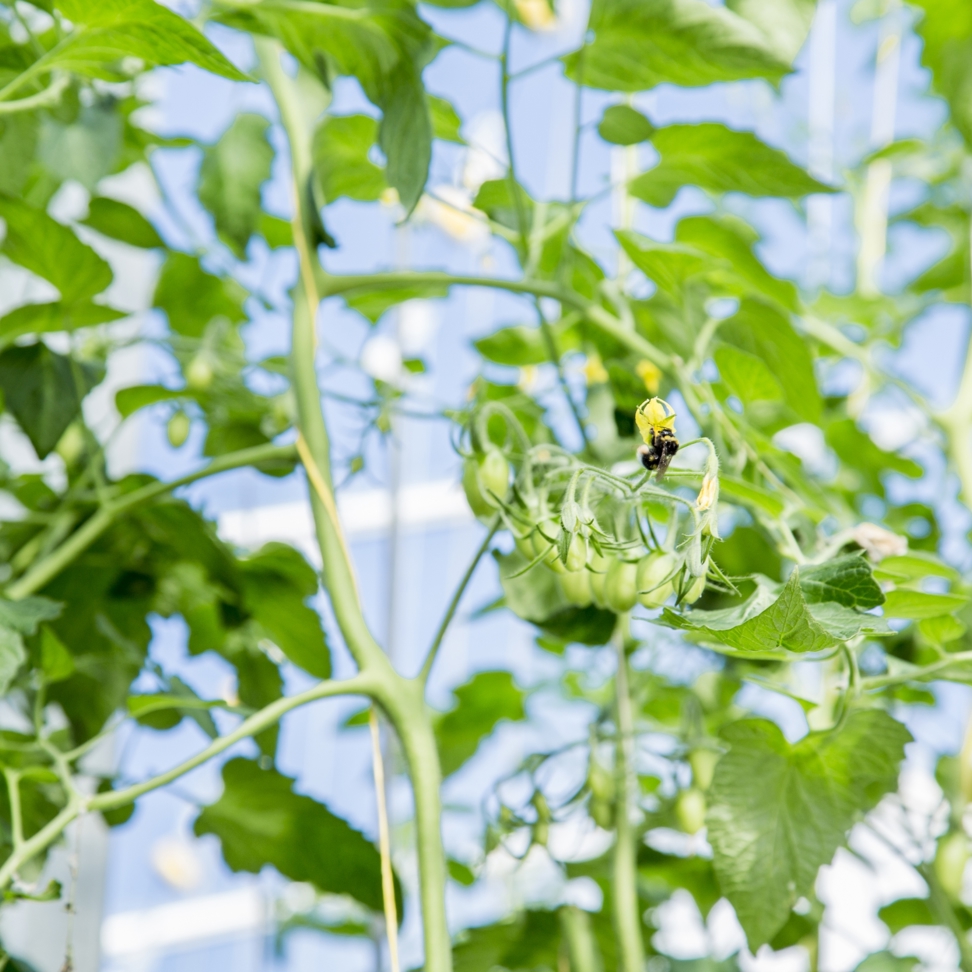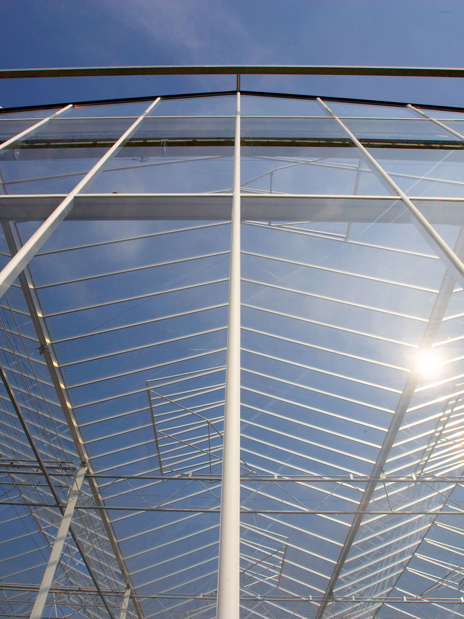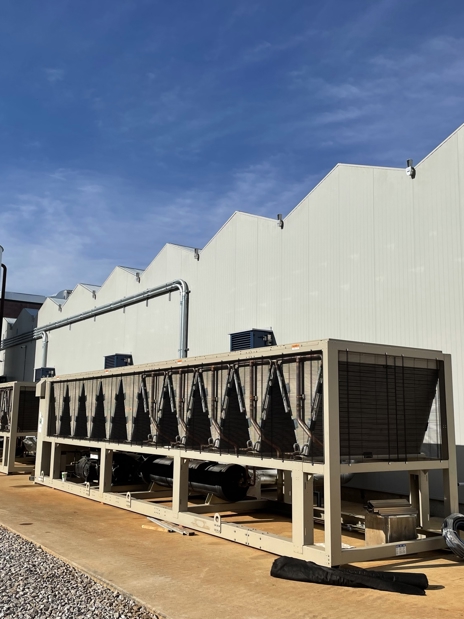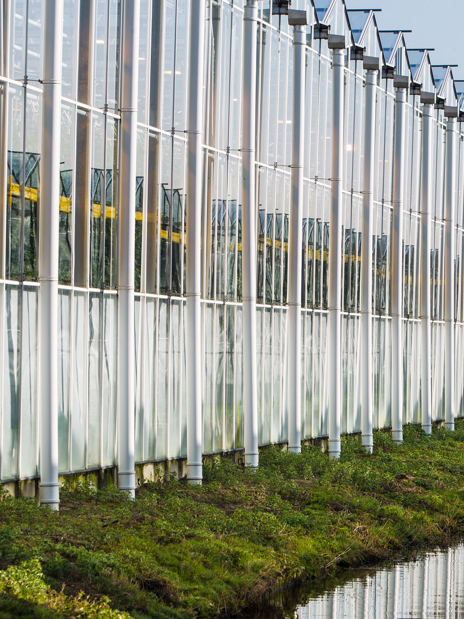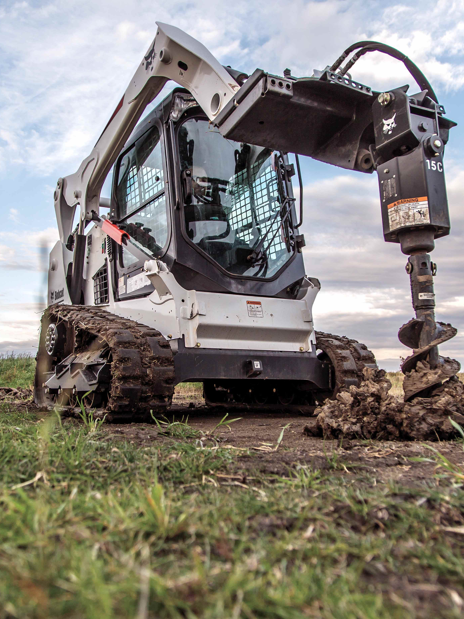Integrated insect netting systems are generally built into the structure of new greenhouses and offer minimal light interception, while cassette systems are more used to add-on during retrofitting, upgrade or simply as an afterthought.
Insect Netting
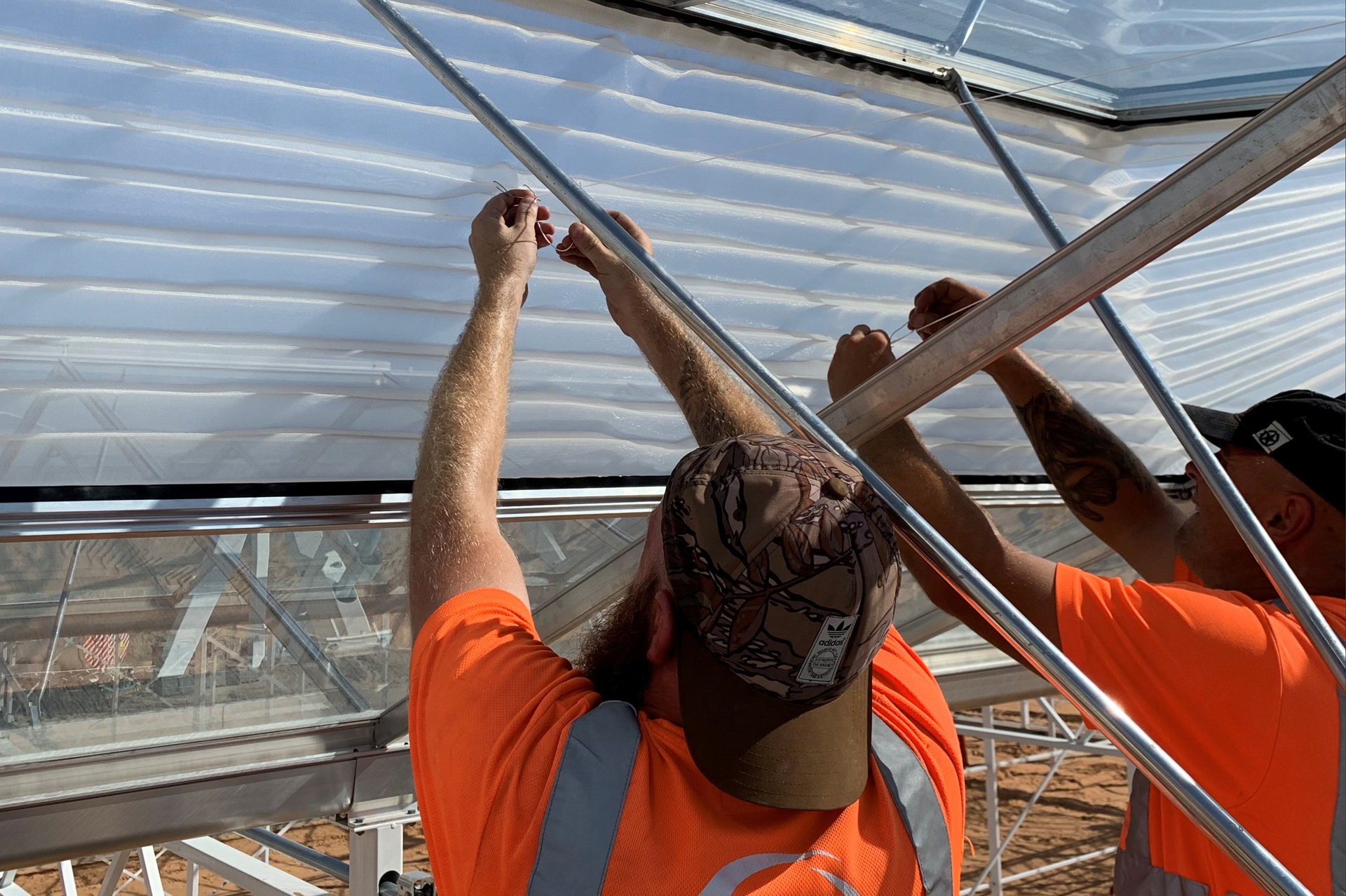
Keeping the good in and keeping the bad out.
Insect netting is a straightforward solution to a globally recognized problem. As the name indicates, it is designed to keep harmful insects out of your greenhouse and keeping useful insects and bees inside by applying a netting system in the ventilation windows. The meshes are available with different sizes of openings and can thus be installed to keep out specific species.
Do you want to know more about insect netting?
Do you want to know more about insect netting?
FAQ
Yes, at least the provisions for a later install. To create a future-proof greenhouse, where you have your Integrated Pest Management under control, insect netting is a must.
The mesh opening size greatly depends on the presence of pests in the area of the greenhouse. Your IPM strategy must also be considered when choosing the mesh opening. The below table contains the most common pests and mesh sizes applied in greenhouses:
| 0,15 | x | 0,35 | mm | Thrips |
| 0,4 | x | 0,45 | mm | Small white fly |
| 0,4 | x | 0,7 | mm | White fly (mostly applied) |
| 0,6 | x | 0,6 | mm | Lice |
| 0,8 | x | 0,8 | mm | Mine Fly, Weevil |
| 1,35 | x | 1,35 | cm | Cabbage Root Fly |
| 1,0 | x | 1,5 | cm | Bees |
Other greenhouse technology you might find interesting!

